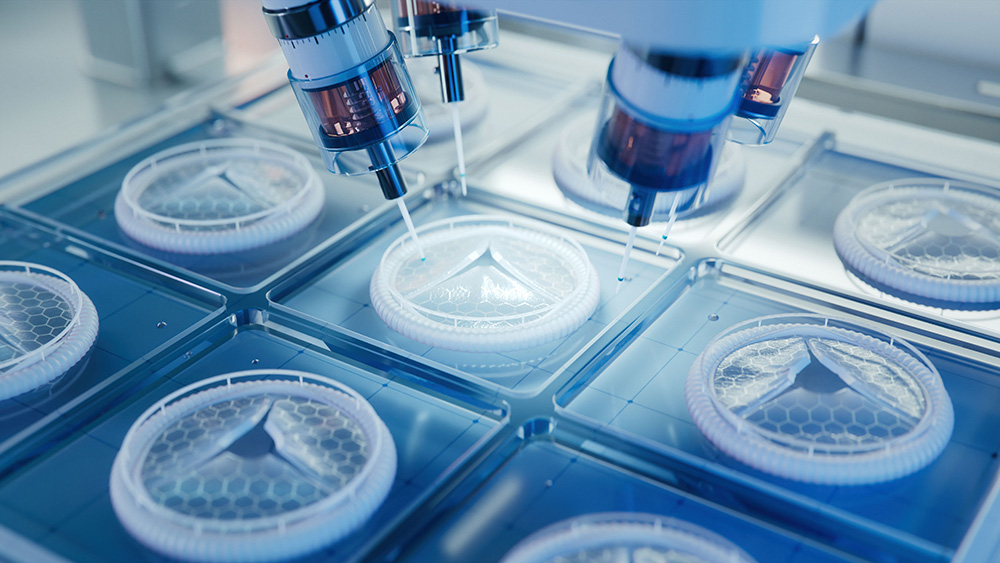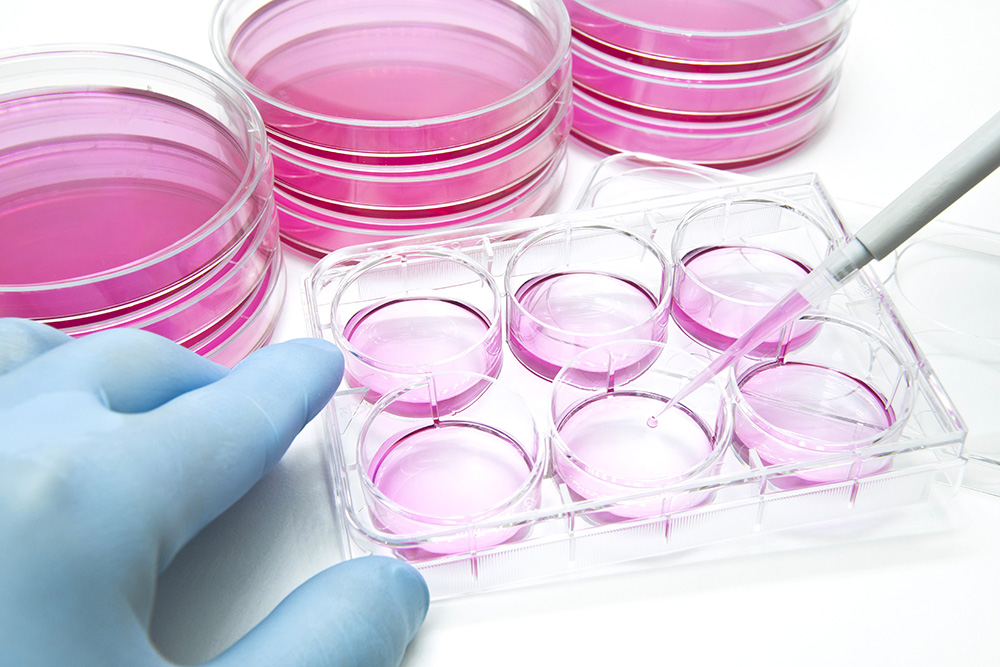
Tissue engineering offers innovative solutions to some of the most pressing medical challenges. It aims to repair, replace, or regenerate damaged tissues and organs using a combination of cells, biomaterials, and biologically active molecules. By combining biology, engineering, and material science, it holds the potential to improve patient outcomes, reduce healthcare burdens, and transform the future of medicine.
When you are developing therapies and technologies that have never existed before, we understand that the faster your discoveries can be applied, the faster they can start improving – and in some cases saving – people’s lives.
On the other hand, you may want to delay your investments until more solid scientific data is available, followed by an accelerated path to operational readiness.
Either way, we are known for delivering solutions quickly. That’s important, because there is a lot at stake for a lot of people. Applications for engineered tissues include:
- Skin grafts or burn victims for chronic wound patients.
- Cartilage and bone repair for osteoarthritis, fractures, and craniofacial reconstruction.
- Cardiac patches to repair heart tissue after myocardial infarction.
- Neural tissue for spinal cord injuries or neurodegenerative diseases.
- Organ regeneration for kidneys, livers, or lungs in patients with organ failure.
- Corneal tissue to restore vision in patients with corneal damage.
Almost everyone – including our scientists and engineers – knows someone suffering from one or more conditions that would be helped with engineered tissues. We share your passion for your work because it matters to us.
The only way forward
Advances in engineered tissues are among the most difficult to bring out of the lab and into people’s lives, starting with the complexity of human tissues and the limitations of biomaterials. Processes that work in small-scale research settings often face bottlenecks during large-scale manufacturing. This makes developing robust, efficient, and cost-effective methods for mass production is a significant challenge.
It makes VILS’s approach, which focuses on the essential and starts with the client’s process, rather than a facility to be tailored, the most practical way forward. Going forward, of course, involves regulatory compliance, which is especially complex when it comes to tissue engineering. That is because tissue-engineered products often involve multiple areas, such as biologics, medical devices, and medications, resulting in complex regulatory frameworks. Each jurisdiction (e.g., FDA in the U.S., EMA in Europe) has different rules, increasing the complexity for global commercialization.
 The complexity of compliance on the cutting edge
The complexity of compliance on the cutting edge
Navigating regulatory compliance is so complex that once again, it is crucial to have a partner that offers expertise at handling ambiguity. VILS is accustomed to working on the cutting edge, which has given us expertise in these situations.
In some cases, our process expertise has allowed us to take a risk-based approach to successfully obtain regulatory approval for client facilities. Depending on the specifics, a similar risk-based approach based on a thorough understanding of your process process – and what is essential to it – could be a useful way forward. In any case, our goal is always to bring tissue engineering breakthroughs to people’s lives without unnecessary delay, because the impact of this field is potentially so great. By providing live-saving, regenerative solutions, tissue engineering can enhance the quality of life and expand the possibilities of what modern medicine can achieve.
Vast potential benefits of tissue engineering:
- Addressing a global shortage of donor organs for transplantation.
- Advancing Personalized Medicine with engineered tissues tailored to individual patients.
- Reducing Immune Rejection by using a patient’s own cells to construct tissues.
- Enhancing Wound Healing and Recovery with tissue-engineered skin and grafts.
- Enabling Drug Testing and Research by not relying on animal models.
- Restoring Function in Degenerative Diseases such as osteoarthritis, Parkinson’s disease, and heart disease.
- Advancing regenerative Therapies, by promoting actual regeneration of tissues rather than just managing symptoms.
- Improving aesthetic and reconstructive surgeries for severe injuries, congenital deformities, or cancer surgeries, restoring physical appearance and improving psychological well-being.
- Supporting aging populations by regenerating tissues like bone, cartilage, or muscle.
Learn more about the VILS approach, which starts from your process and business needs.
Learn more about our project references.